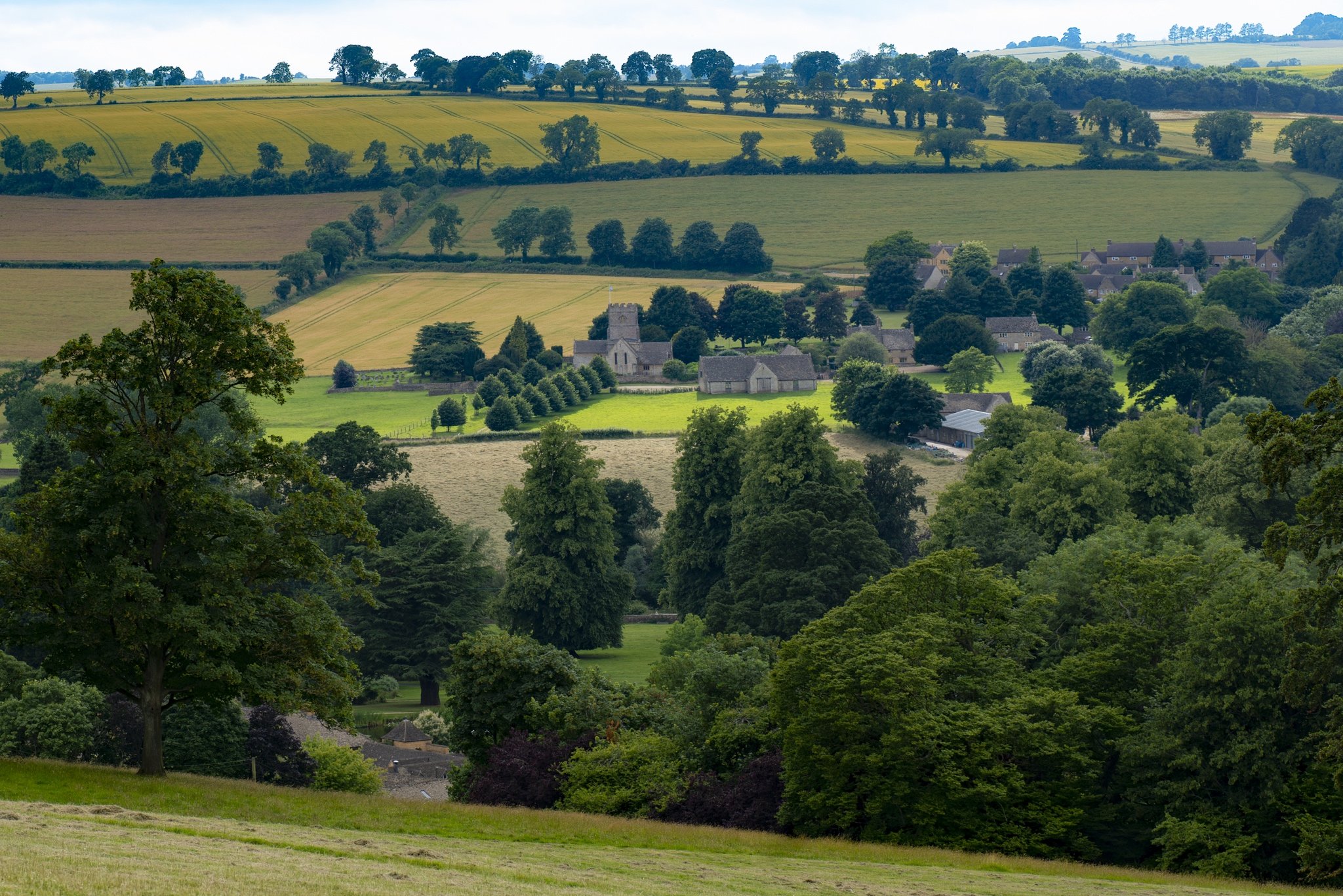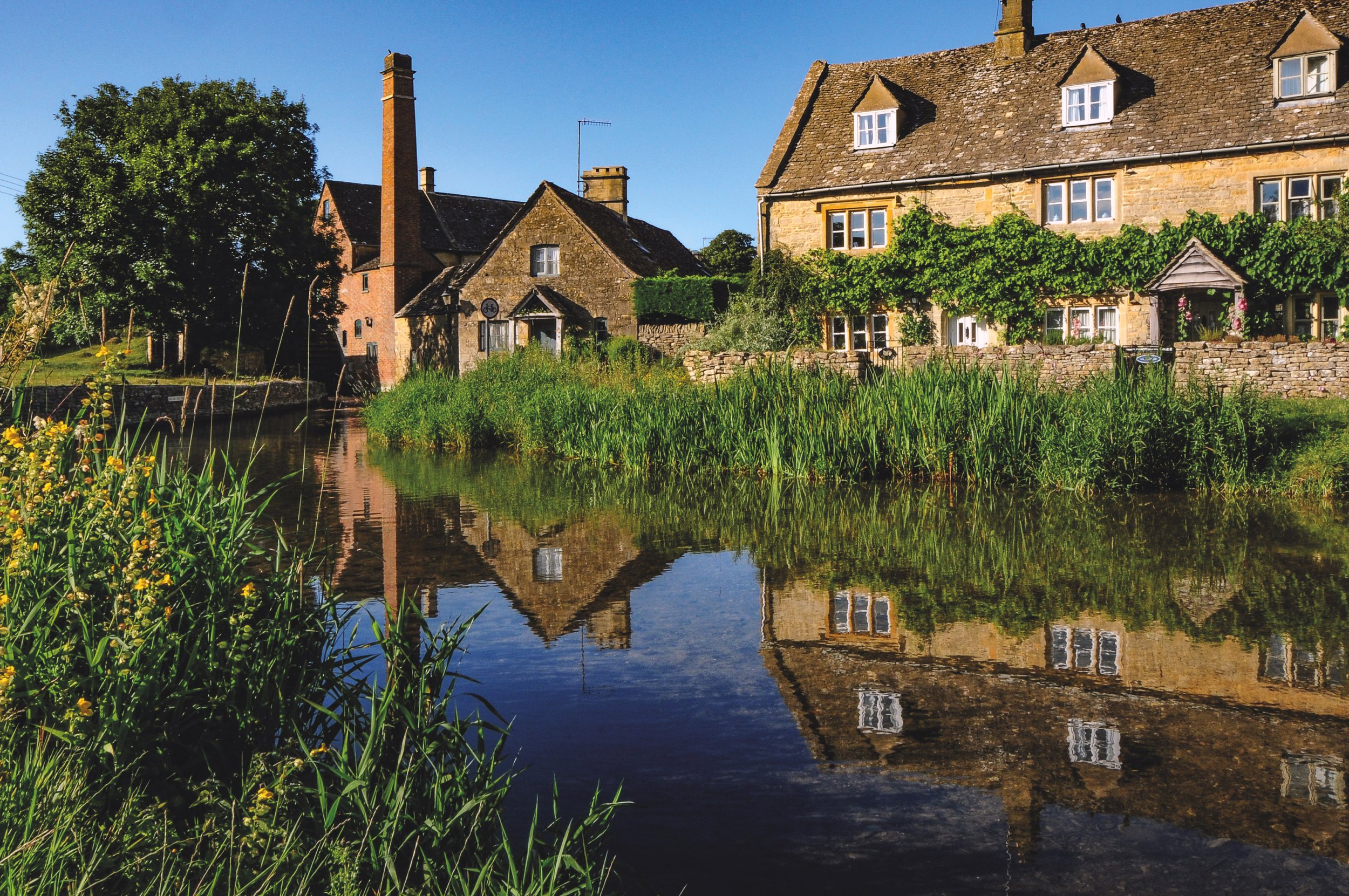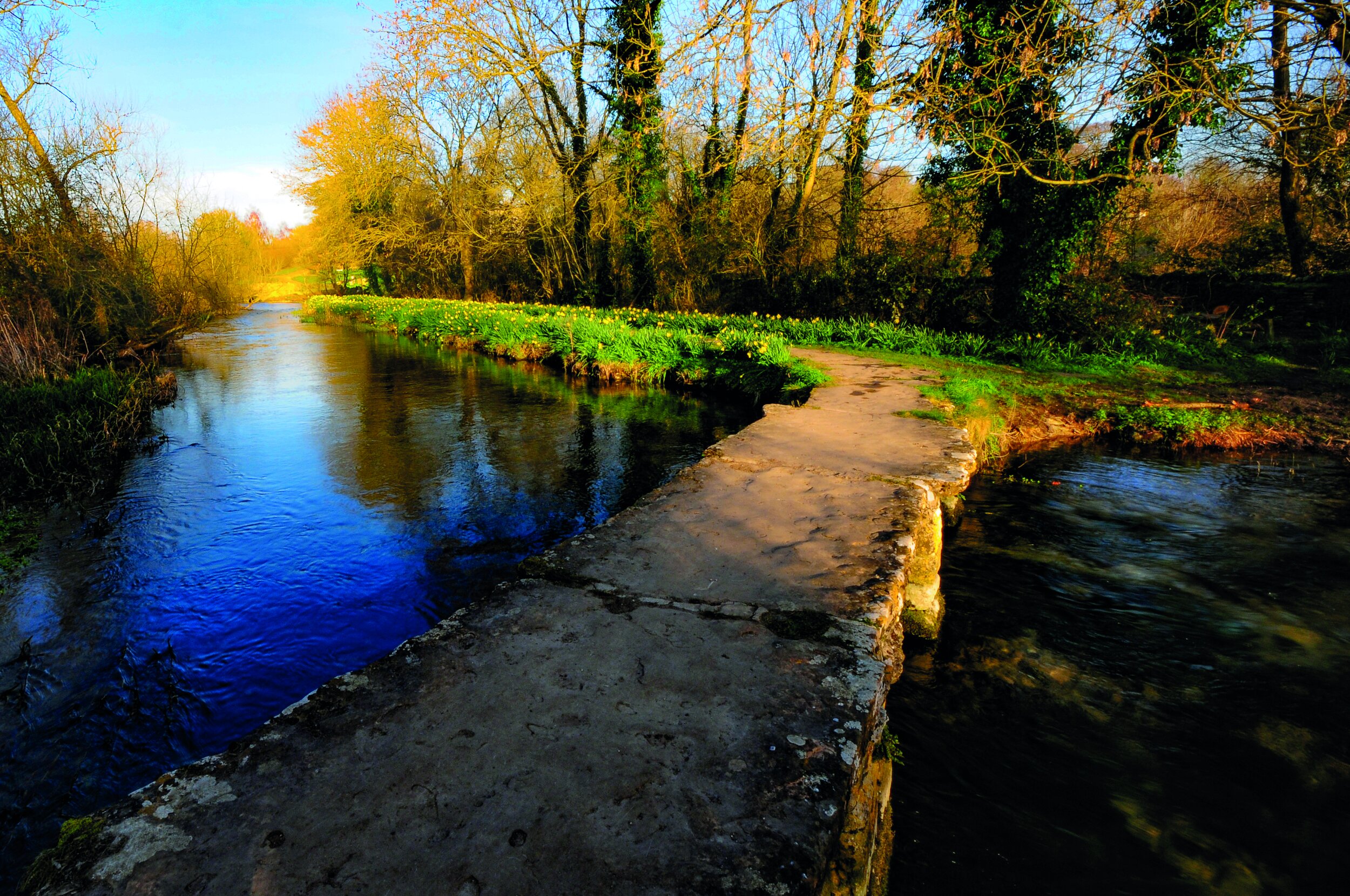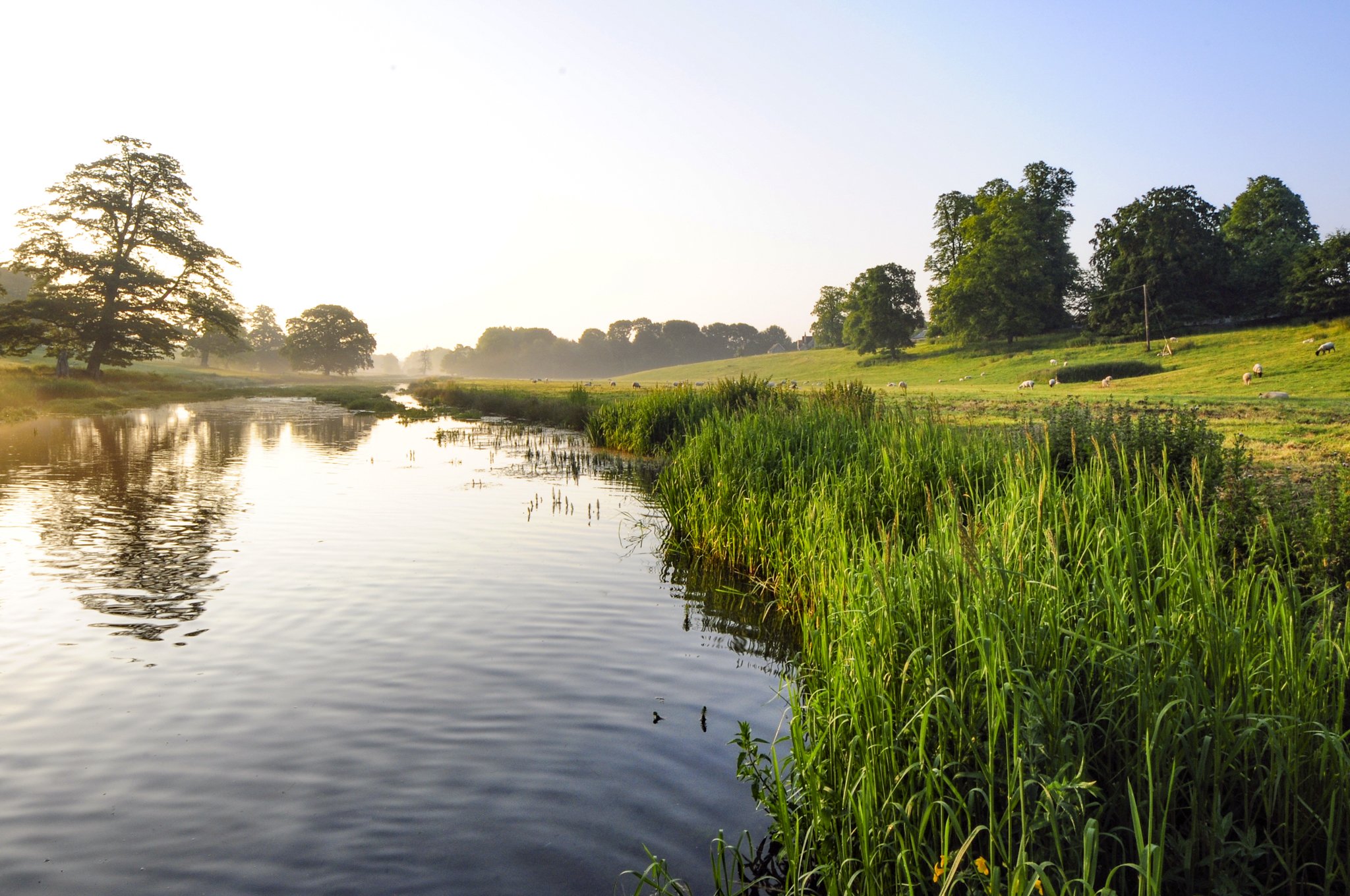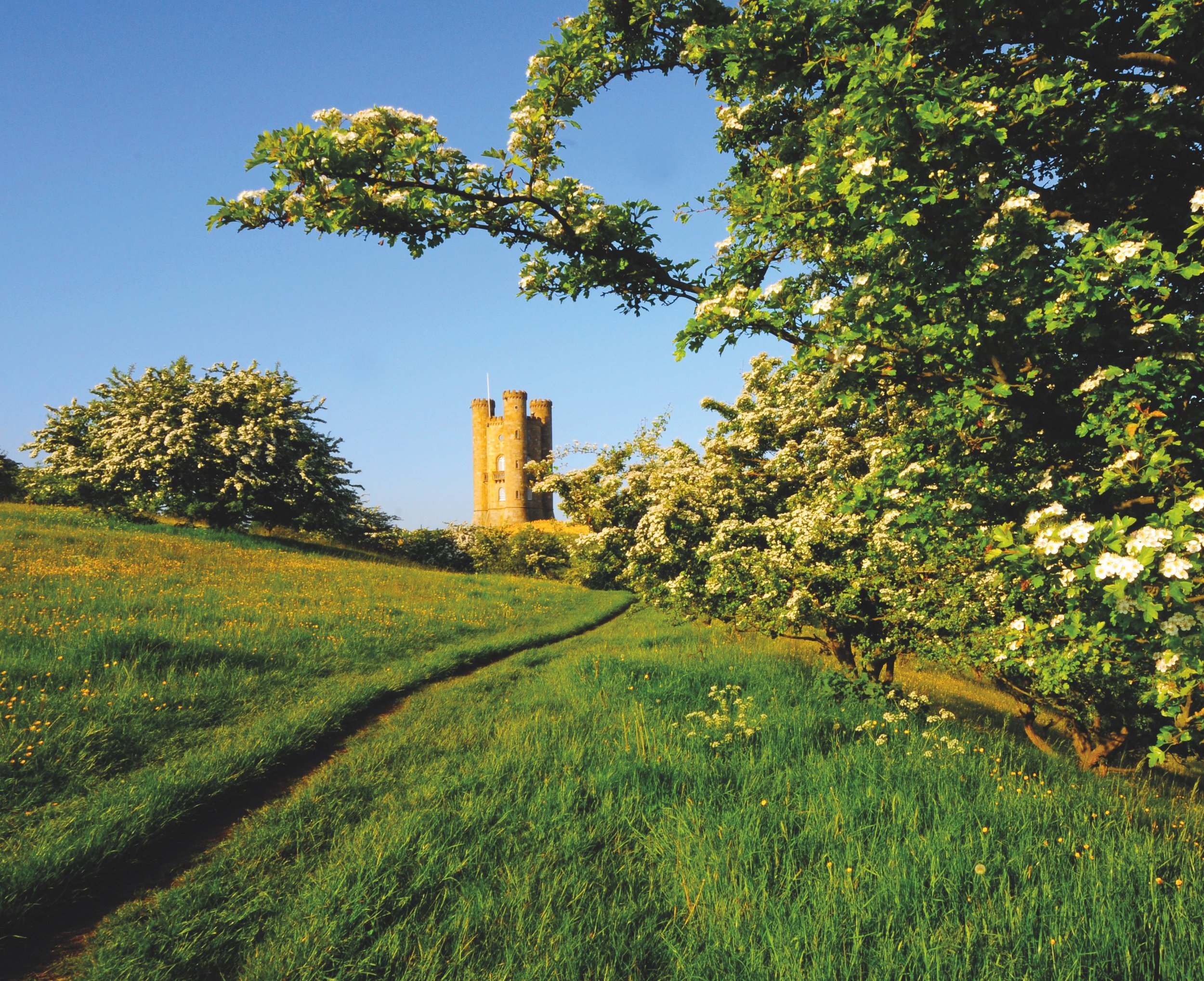An Introduction to The Cotswolds
What and where is the region known as the Cotswolds? To those who know it, this may seem like a silly question. However, it is a place that manifests itself in many different ways to different people. Even down to the area they would define as the Cotswolds on a map. To some fashionistas, and magazine editors, the Cotswolds runs comparison to the New York Hamptons and Tuscany. Whilst to others the name is synonymous with wool and hunting, stone walls and majestic churches. From my point of view and for the purposes of this Travel Diary (Blog), the area stretches from Chipping Campden in the north to Bath in the south, and from Gloucester to Woodstock, west to east.
The Cotswolds region is perched on the central section of a ridge of oolitic limestone. The geological structure has thus had a profound and lasting affect on the landscape, and ‘look’ of the area. The oolitic limestone that forms these hills has the appearance of 1,000s of tiny balls, like fish roe and is between 200 and 175 million years old.
This ridge has been tilted on its side and is run off with streams and river valleys that lead off in a south-easterly direction to feed the Thames basin. On the western edge the scarp is steep in places with outcrops of rounded hills, notably Cam Long Down and Bredon Hill and makes for fine walking country and pleasing views across to the Malvern Hills and Wales .
Linguistically, the Cotswolds derives its name from two Saxon words: ‘Cote’ - sheep fold, and ‘Wold’ - bare hill. This references the importance of sheep in the development of the area. And, it is to the Cotswold Lion sheep that one must look toward for the origin of wealth and endeavour that brought prosperity to this region.
Neolithic Man found refuge on these hills from the swamps of the Severn and Thames flood plains. The Celtic Dobunni tribe established hill forts where they farmed, bartered their crafts and founded coinage before the Romans arrived. They were not a warlike tribe like their neighbours the Silurians (Welsh) and eased into a compatible relationship with the conquering Romans to build Corinium Dobunnorum (Cirencester) into the second largest Roman settlement in Britain with a populace of 12,000 inhabitants.
The Saxon farmer laid the foundations of prosperity for the medieval wool merchants, and it was these merchants who built the great ‘Wool’ churches and the great manor houses.
More latterly, the Cotswolds has come to represent elegance and wealth. In the C18, Bath and Cheltenham epitomised the elegance, hedonism and splendour of the Georgian era.
The landscape is rich in imagery: dry-stone walls divide the vast, sweeping sheep pastures and lazy, winding, trout streams meander through the rich pastureland. And, scattered across this landscape you will come across quaint hamlets undisturbed by coach, sightseer or time itself. All this makes for an idyllic scene rarely bettered in England.
In recent times this region’s close proximity to London has attracted wealthy residents, and an increase in second homes bought by out-of-towners. This development brings with it all the associated benefits and disadvantages. The region also attracts glitzy minor celebrities with their hangers on in tow, and the seemingly necessary trumpet and fanfare. This has opened the flood gates of more high-class restaurants and dining pubs which is a benefit to all (who can afford them).
If you are considering a visit to this stunningly beautiful corner of England you have an enormous choice of places to stay, from luxurious country house hotels to Inns With Rooms to rustic camp sites. A good start would be to find somewhere close to the Fosse Way. The ancient Roman road that runs diagonally from the north-east to the south-west passing through Moreton-In-Marsh, Stow-On-The-Wold, Northleach, Cirencester, Tetbury….Better still. Buy our guidebook Exploring The Cotswolds and immerse yourself in this haven of Englishness!



